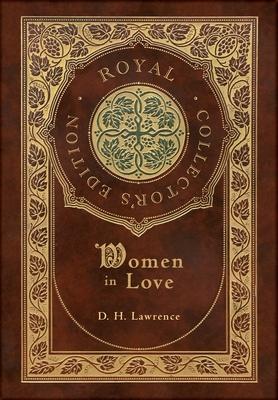Woman in Love intricately examines the relationships and emotional journeys of two couples in England during the 1910s. The story unfolds the deep-seated concerns about societal norms, gender roles, and the essence of human connections through the lives of Ursula, Gudrun, Rupert Birkin, and Gerald Crich. Their experiences culminate in a transformative holiday in the Austrian Alps, leading to a tragic event that leaves an indelible mark on the characters, particularly highlighting the complexities of love, friendship, and the quest for personal fulfillment.
D. H. Lawrence's Women in Love, a sequel to The Rainbow, is significant for its exploration of complex relationships and societal norms in pre-World War I Britain. Through the contrasting dynamics of two couples, Lawrence delves into themes of love, intellectualism, and industrial modernity, challenging traditional notions of romance and gender roles. The novel's candid discussion of sexuality and psychological depth was controversial, yet it underscored Lawrence's critique of contemporary society and his quest for emotional and spiritual authenticity.
